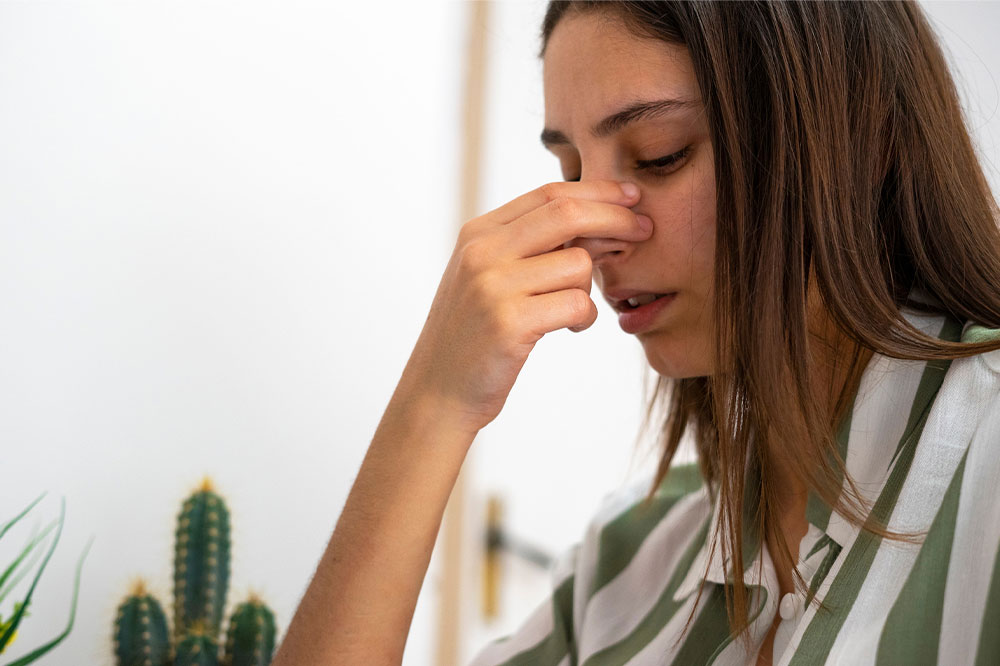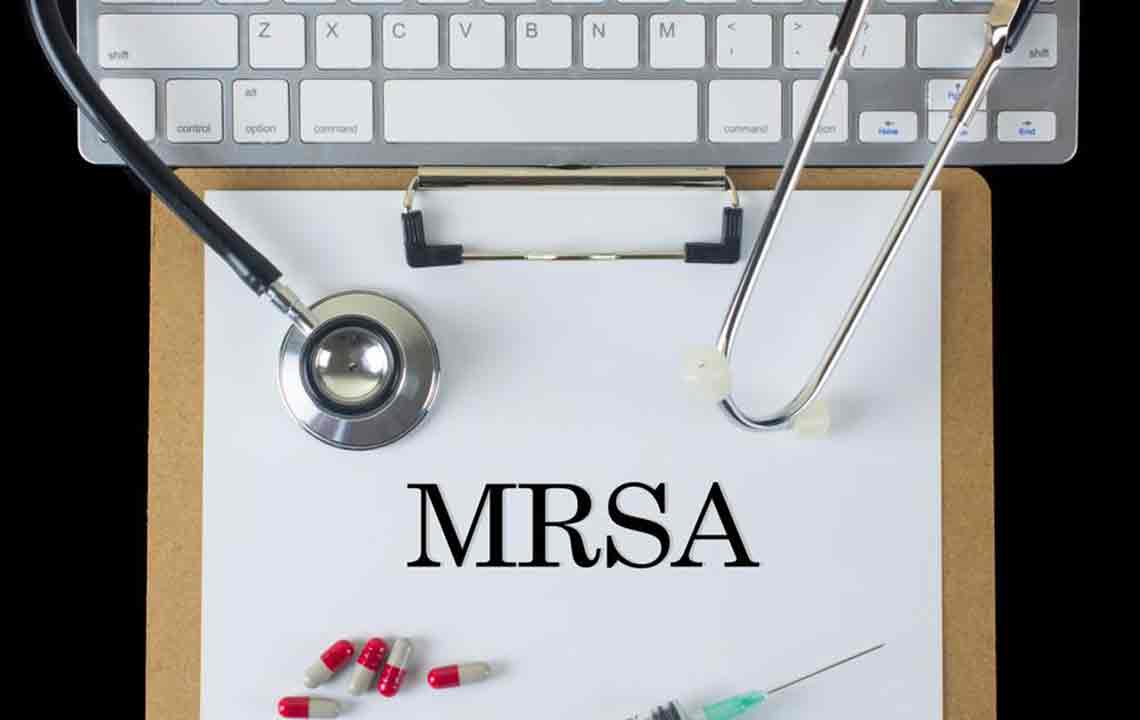Signs and Symptoms of Nasal Vestibulitis
Nasal vestibulitis is a bacterial infection in the nasal entryway, often caused by hair removal, nose blowing, or piercings. Key symptoms include redness, swelling, pain, boils, crusting, and nosebleeds. Prompt medical attention and proper hygiene are vital to prevent complications and ensure effective recovery. Early diagnosis by an ENT specialist can help manage the condition effectively and avoid more serious issues.

Nasal vestibulitis is an infection affecting the entryway of the nose, known as the nasal vestibules. This condition results from bacterial invasion that damages the skin and underlying tissues. Fortunately, it’s usually mild and responds well to treatment with topical remedies and medical care. Understanding its common causes and symptoms can help in early detection and management.
The primary trigger for nasal vestibulitis is bacterial infection, often caused by minor injuries to the nasal area. Here are key factors leading to the condition:
Hair removal practices: Plucking or waxing nasal hair can create openings in the skin, allowing bacteria to enter and cause an infection.
Frequent nose blowing: Excessive force during nose blowing can cause small fissures, which serve as entry points for bacteria, especially when warm air promotes bacterial growth.
Nasal piercings: Improperly done piercings or unsterilized jewelry can introduce bacteria into the nasal tissues, leading to infection.
Common symptoms include:
Redness and swelling: Inflammation in the nasal area can block airflow, causing discomfort and visible redness.
Pain and tenderness: The affected tissues often become painful, especially when touched, as the infection spreads.
Development of pimples or boils: Fluid-filled bumps, containing bacteria, may form and sometimes rupture, spreading infection.
Internal abscesses: Pus-filled lumps inside the nasal passages can cause congestion and a persistent feeling of fullness.
Crusting on the septum: Dried mucus and discharge can result in crust formation, which may obstruct airflow if not treated.
Nosebleeds: Bleeding can occur spontaneously or due to injury, sometimes indicating deeper infection issues.
If symptoms persist or worsen, consulting an ENT specialist is essential. Early diagnosis and appropriate treatment can prevent complications such as tissue damage, abscess formation, or spread of infection. Proper hygiene, cautious hair removal, and timely medical attention are crucial in managing nasal vestibulitis effectively.
Note: This article offers general information about nasal vestibulitis. For a proper diagnosis and tailored treatment plan, please consult a healthcare professional. Early intervention is key to avoiding complications.










